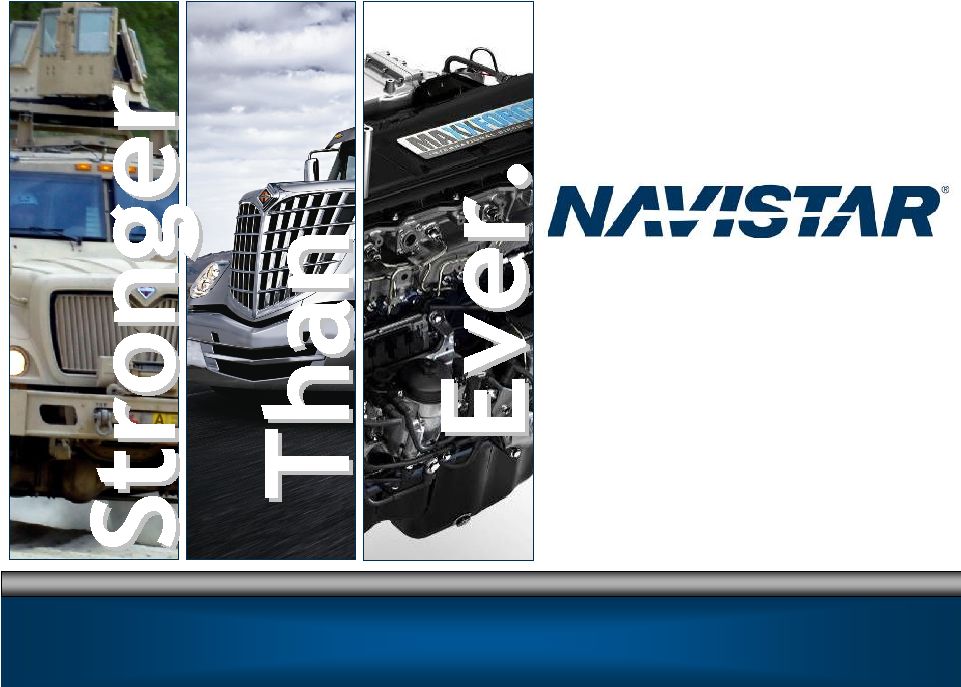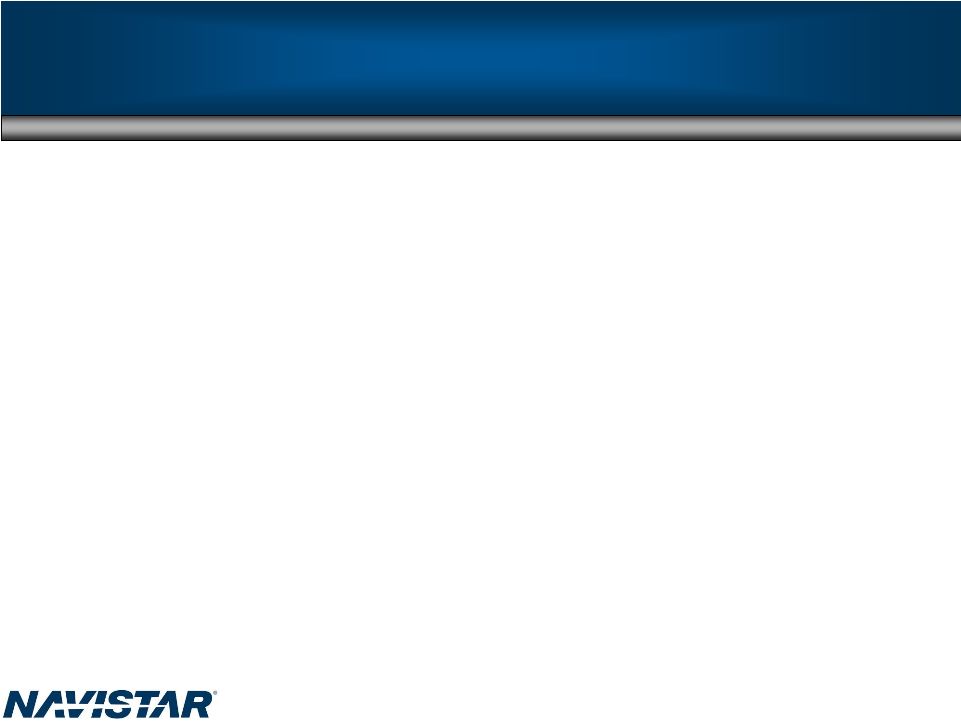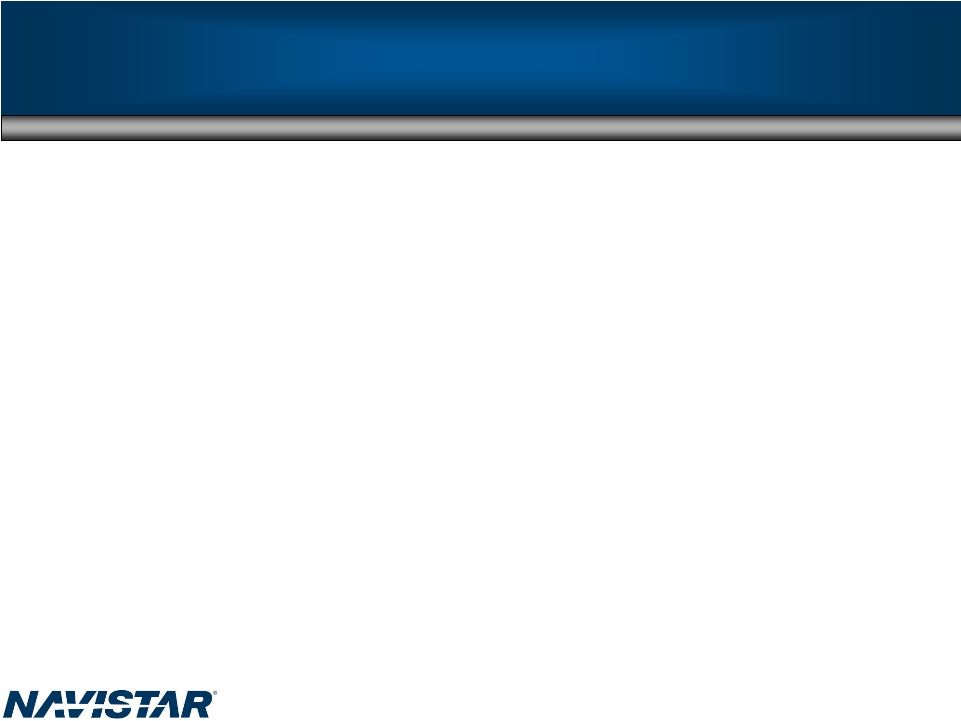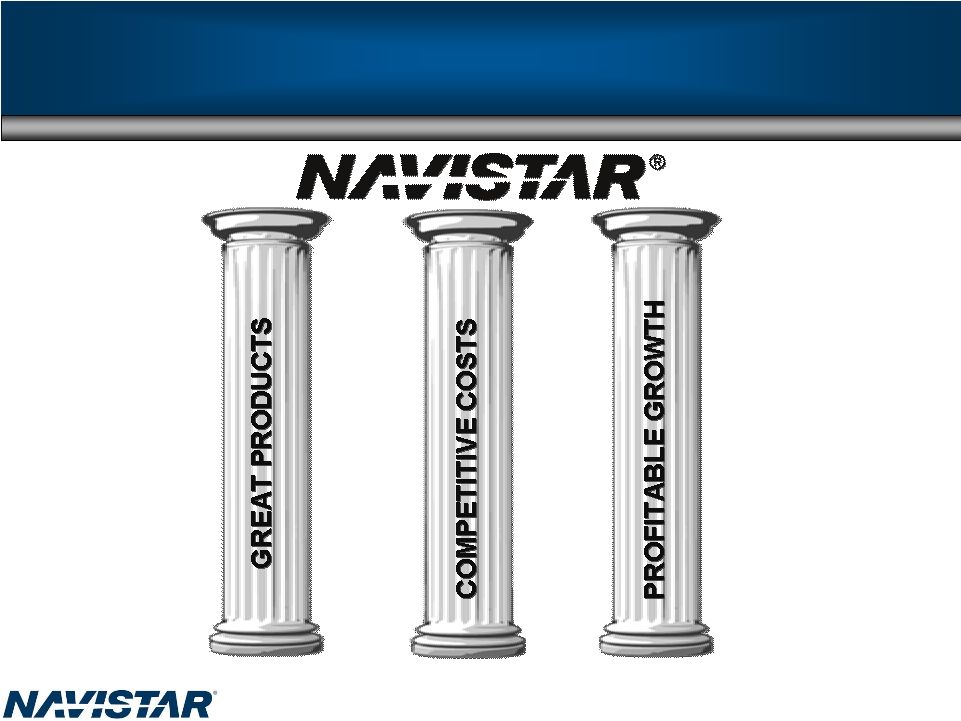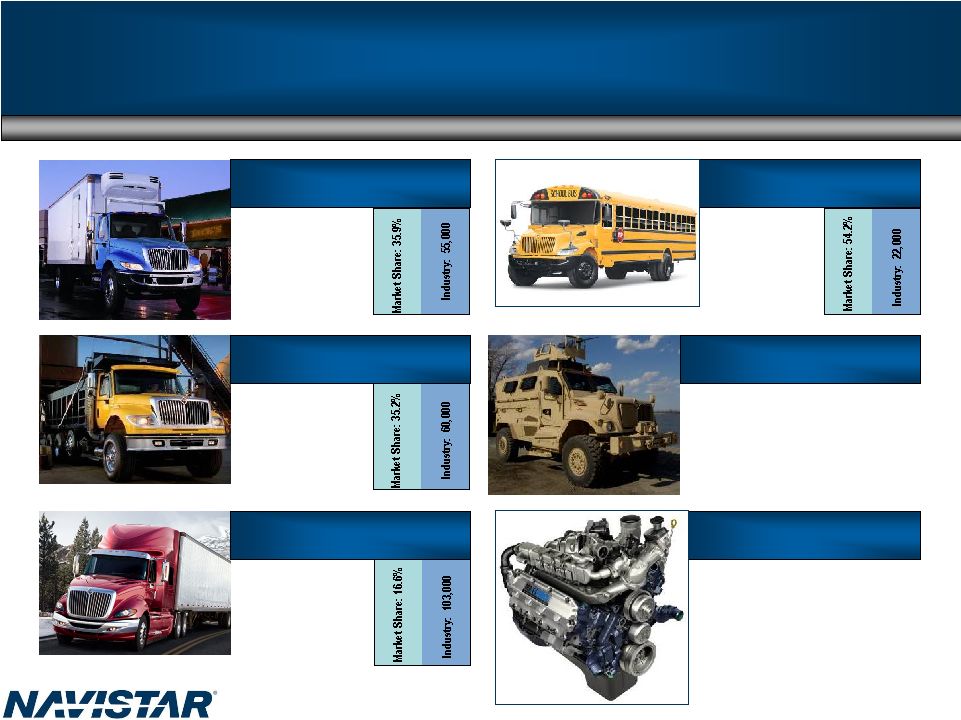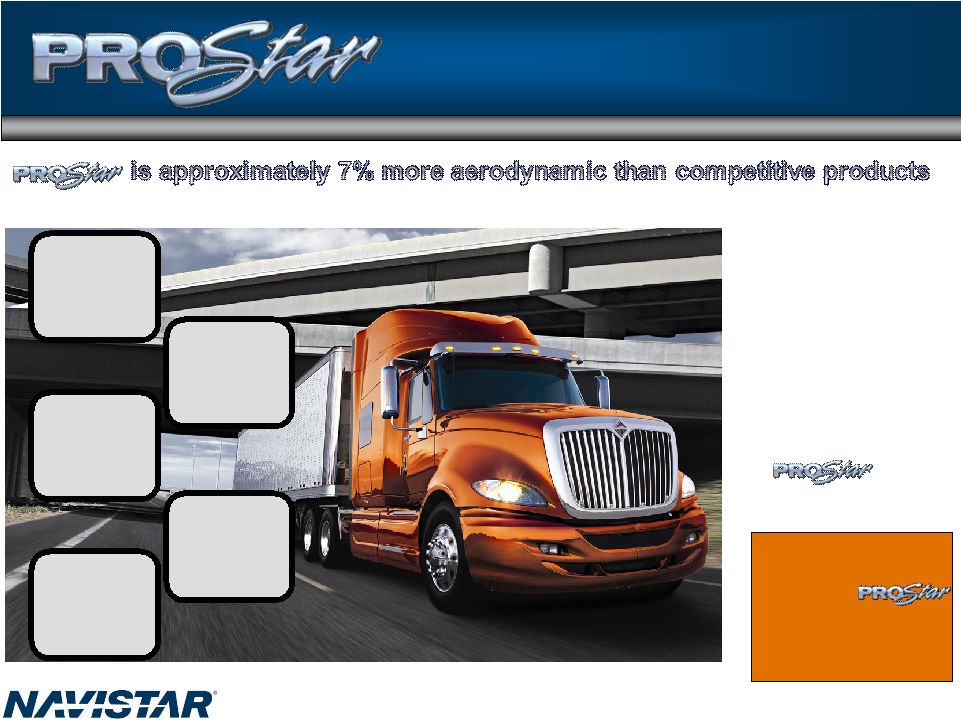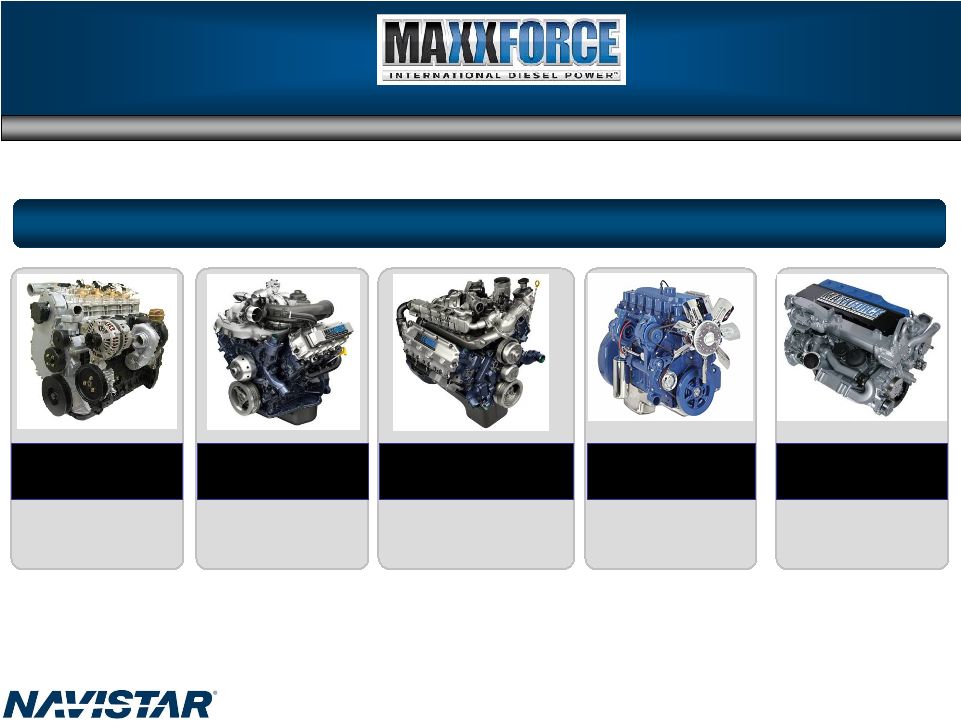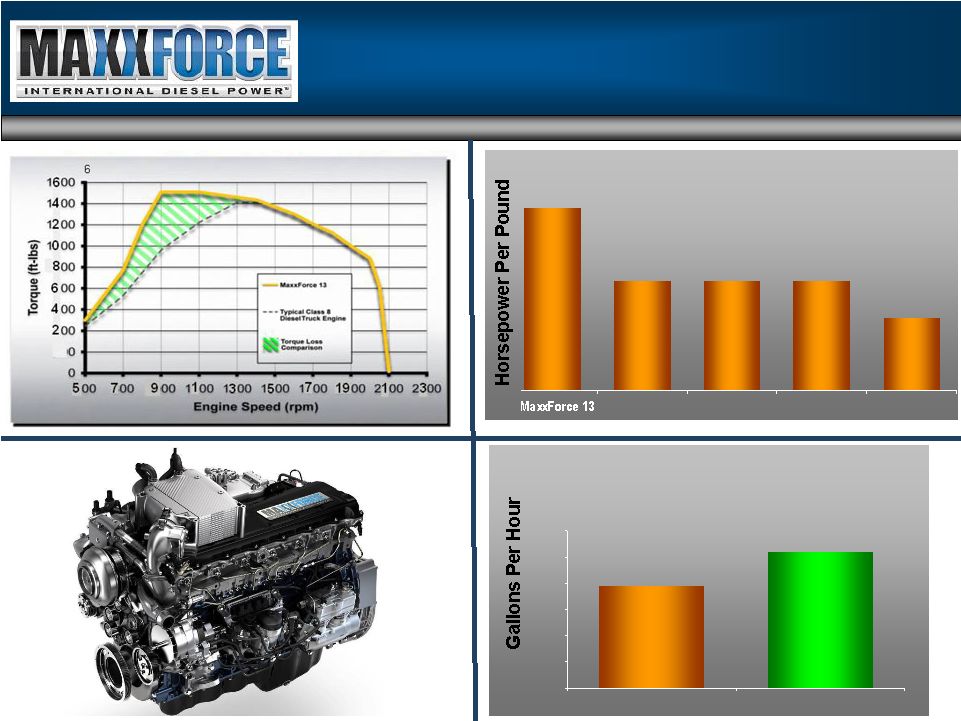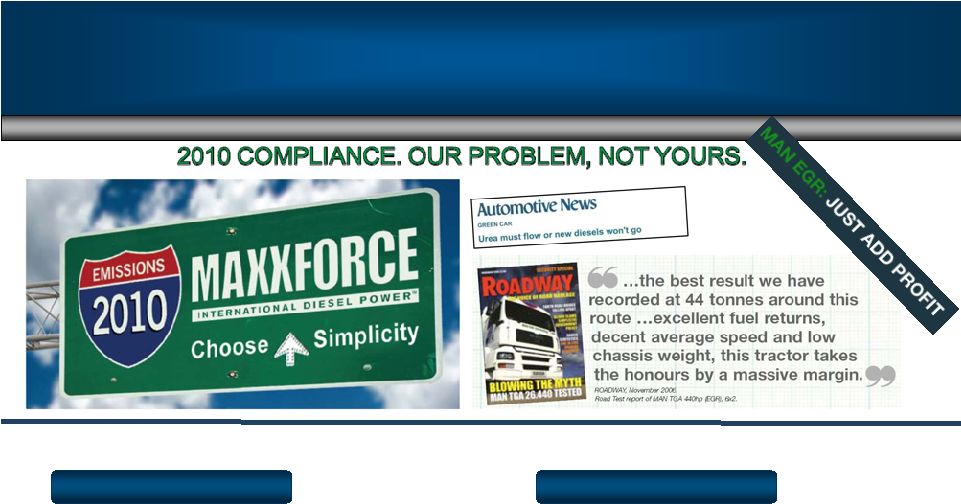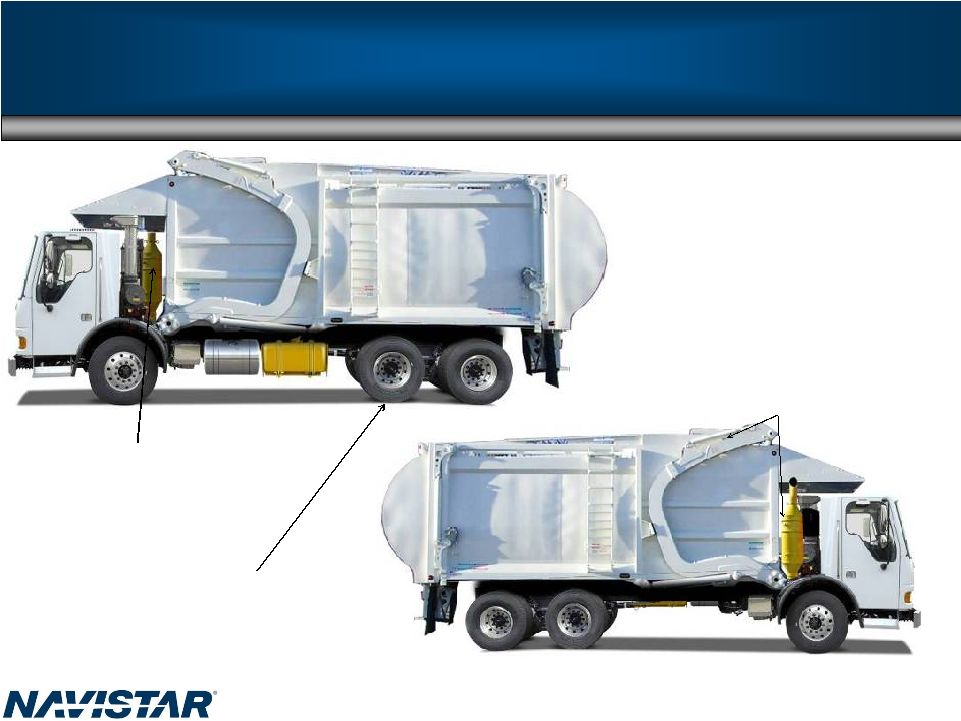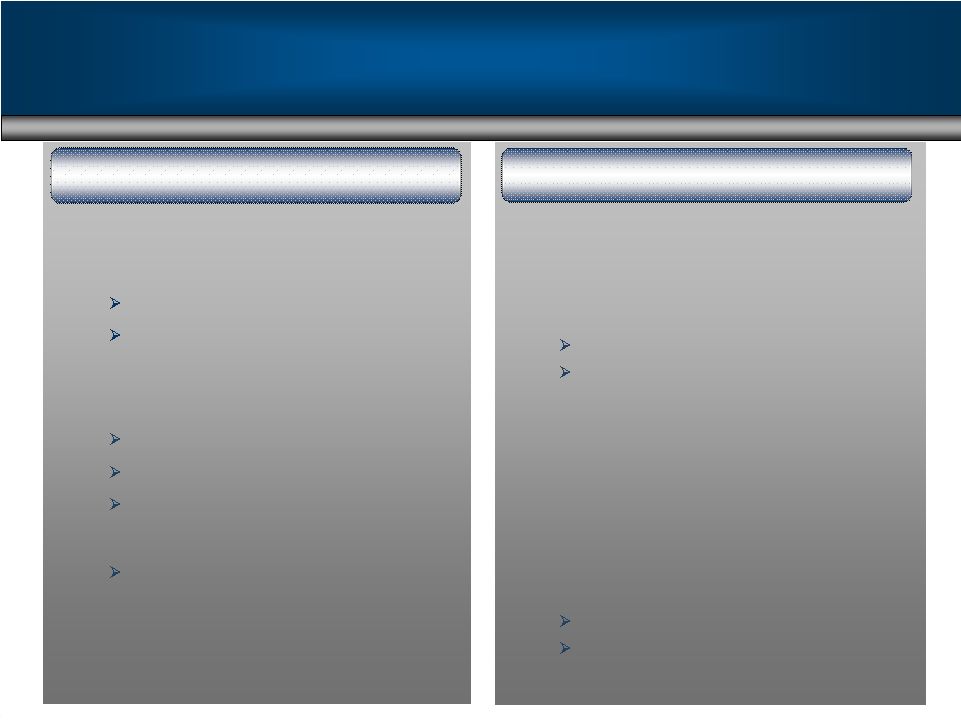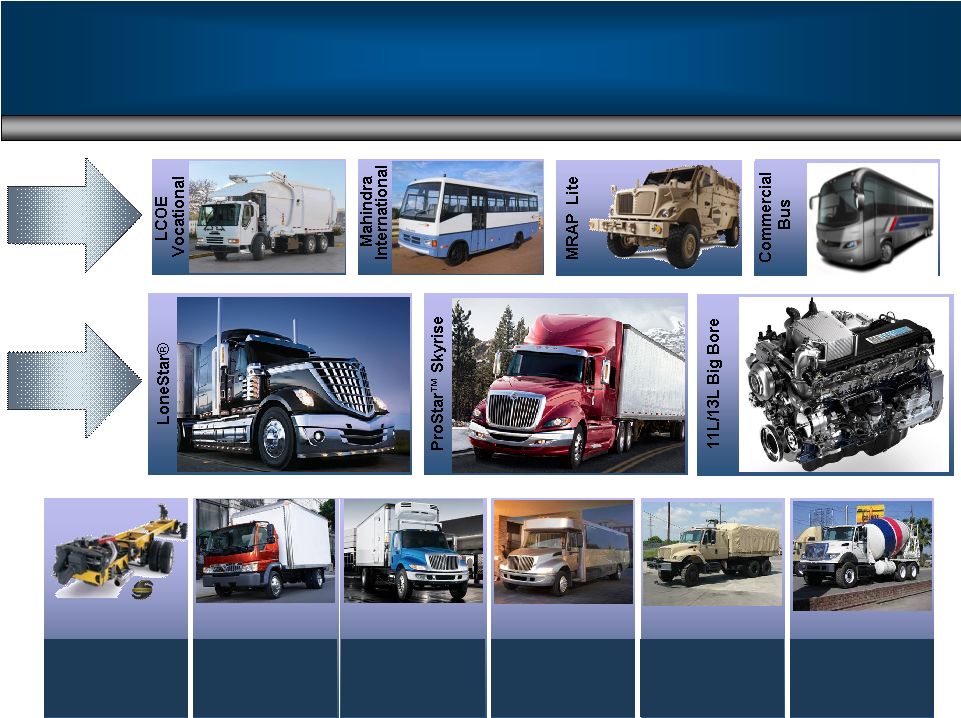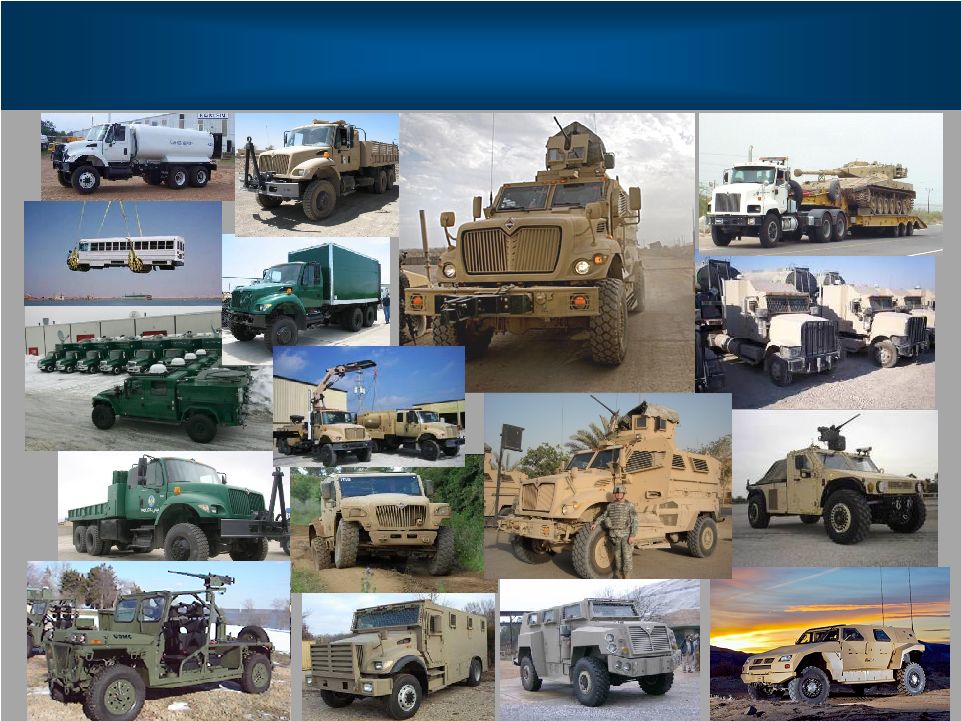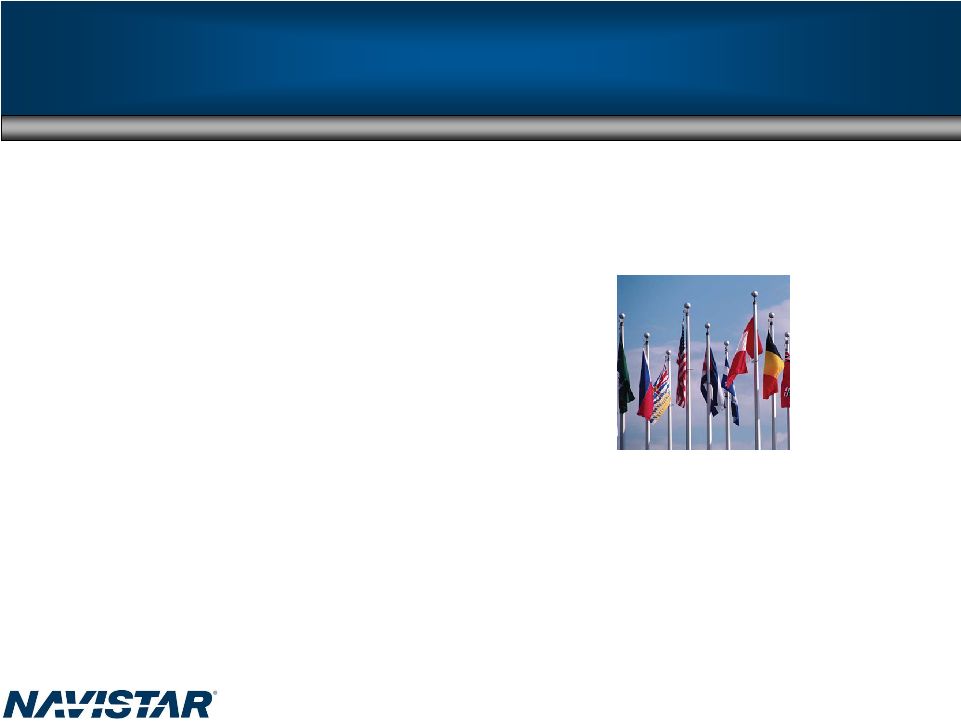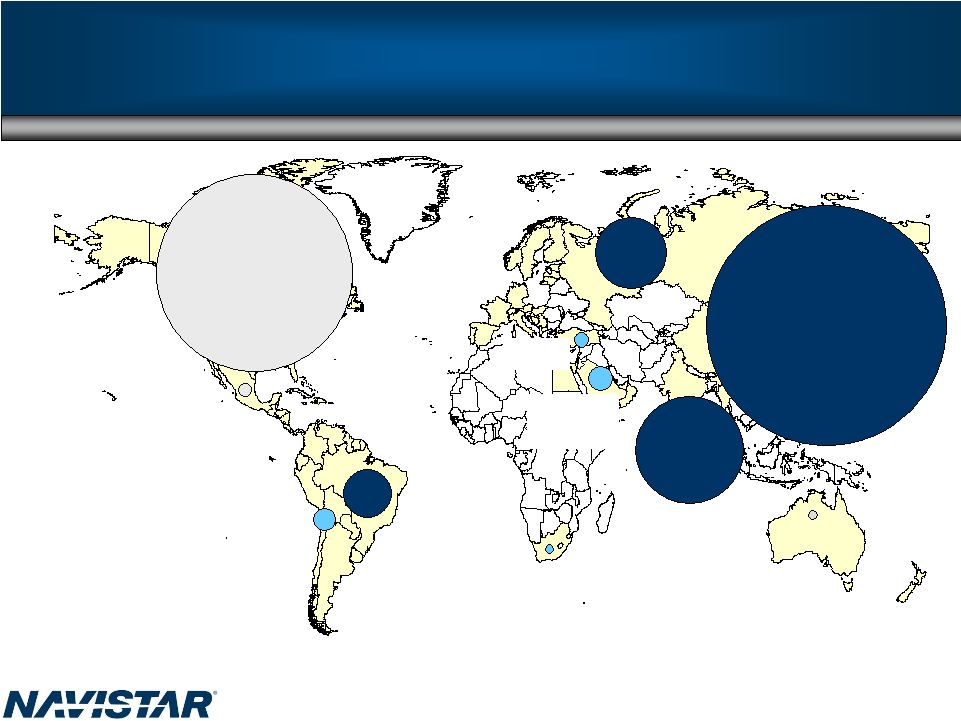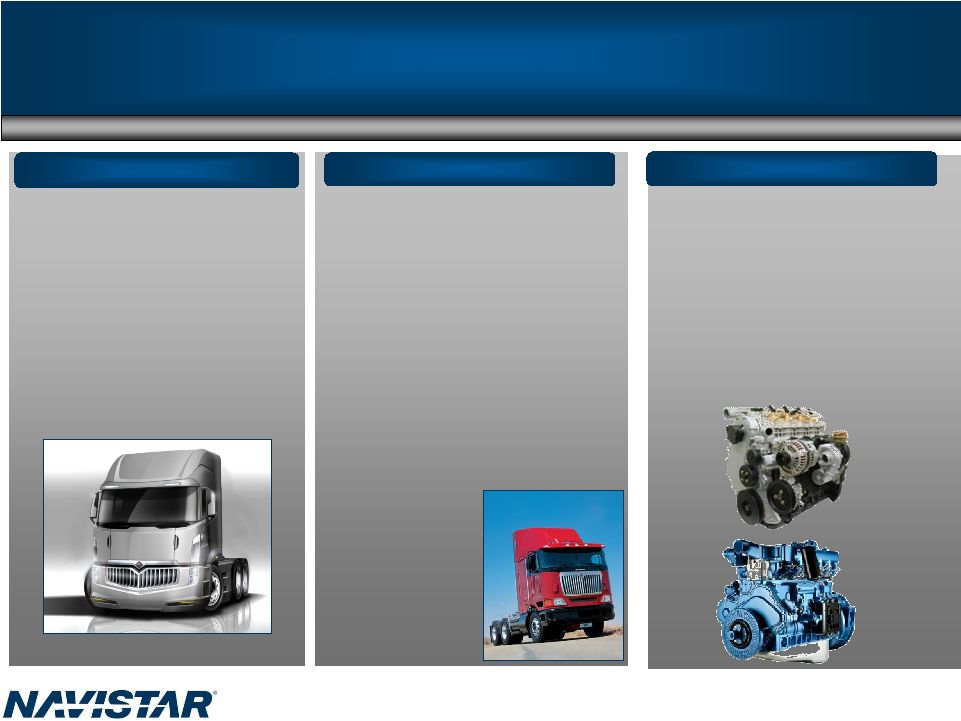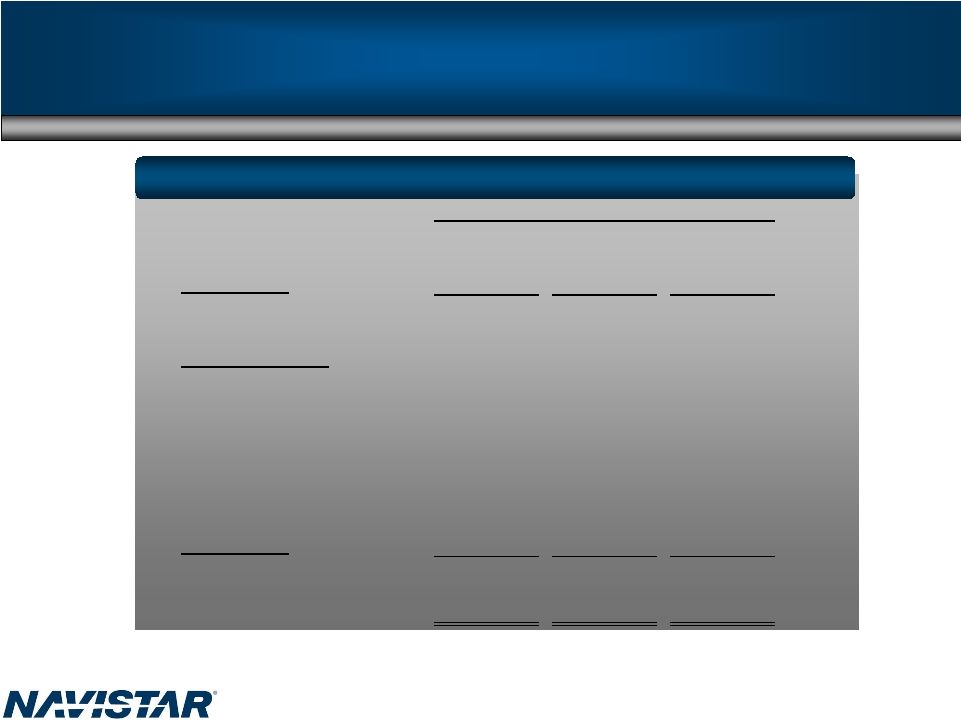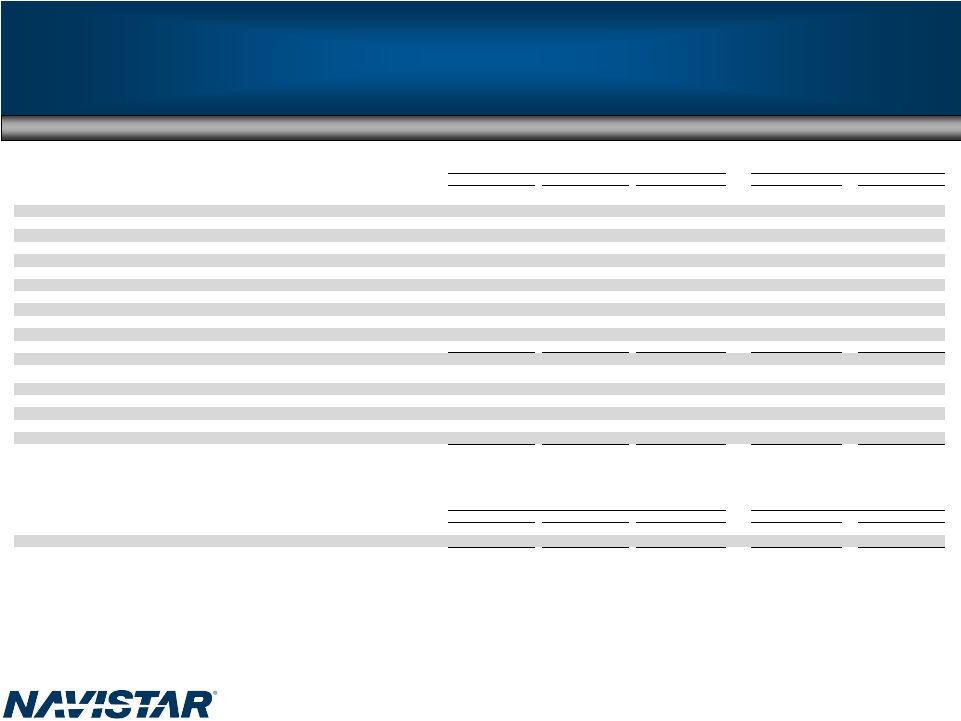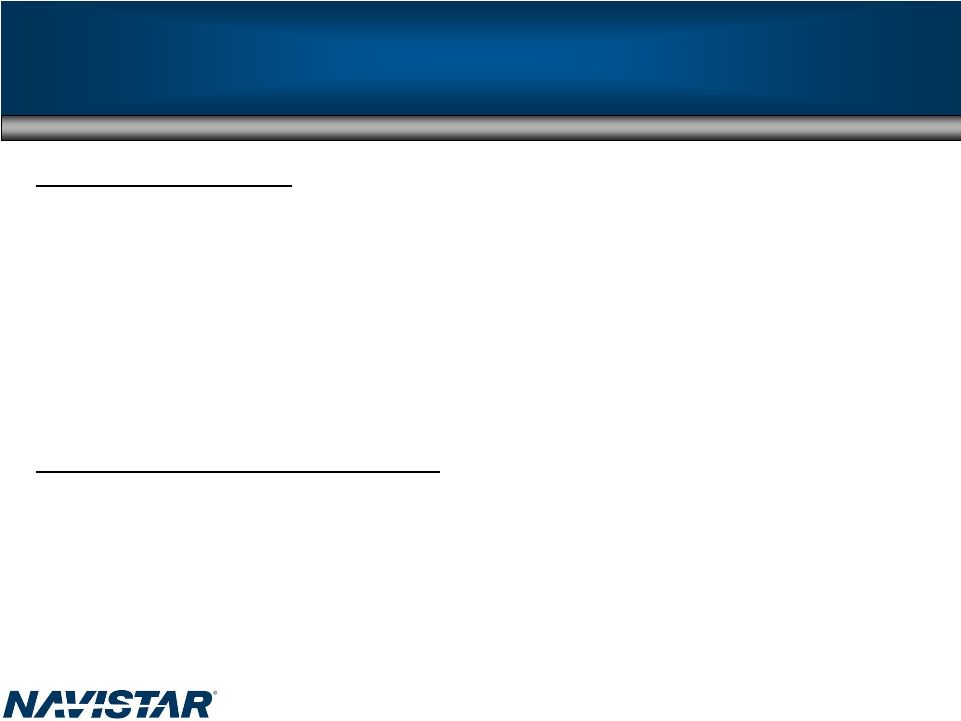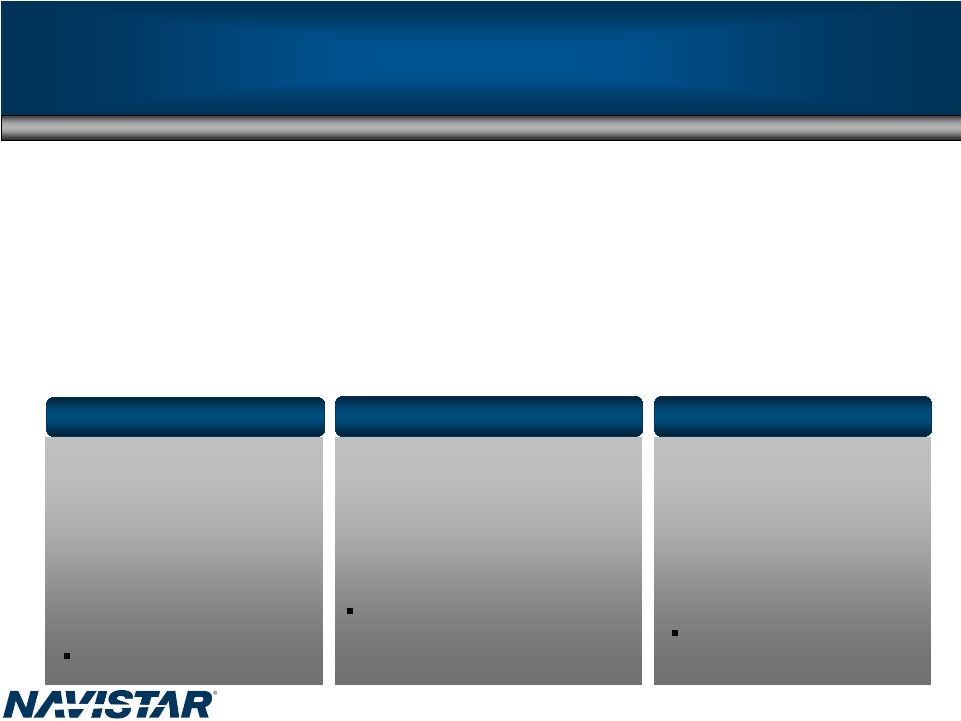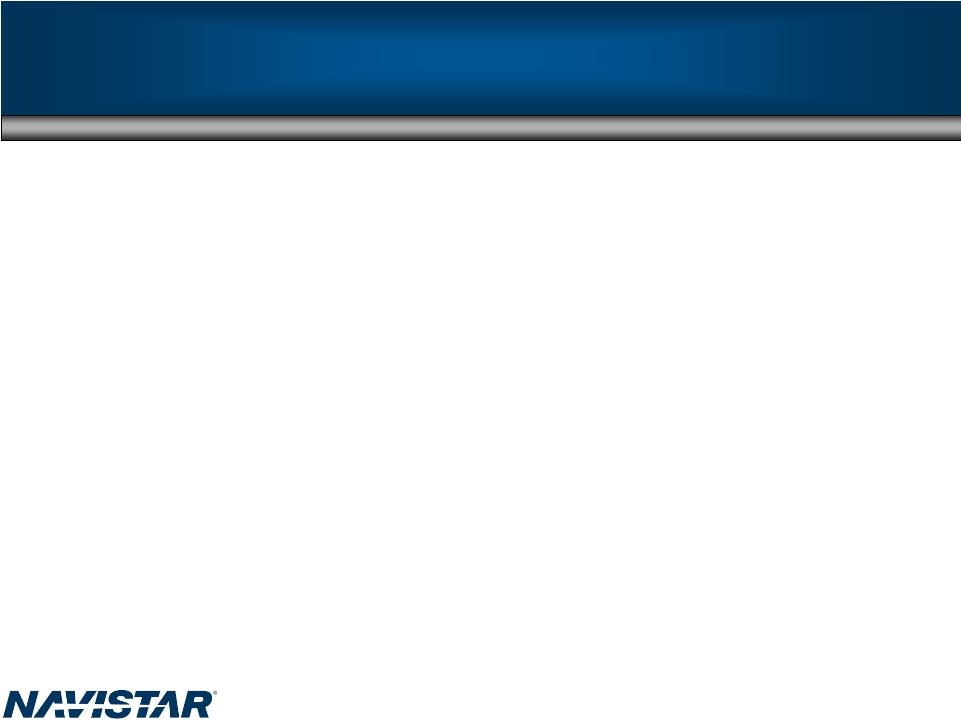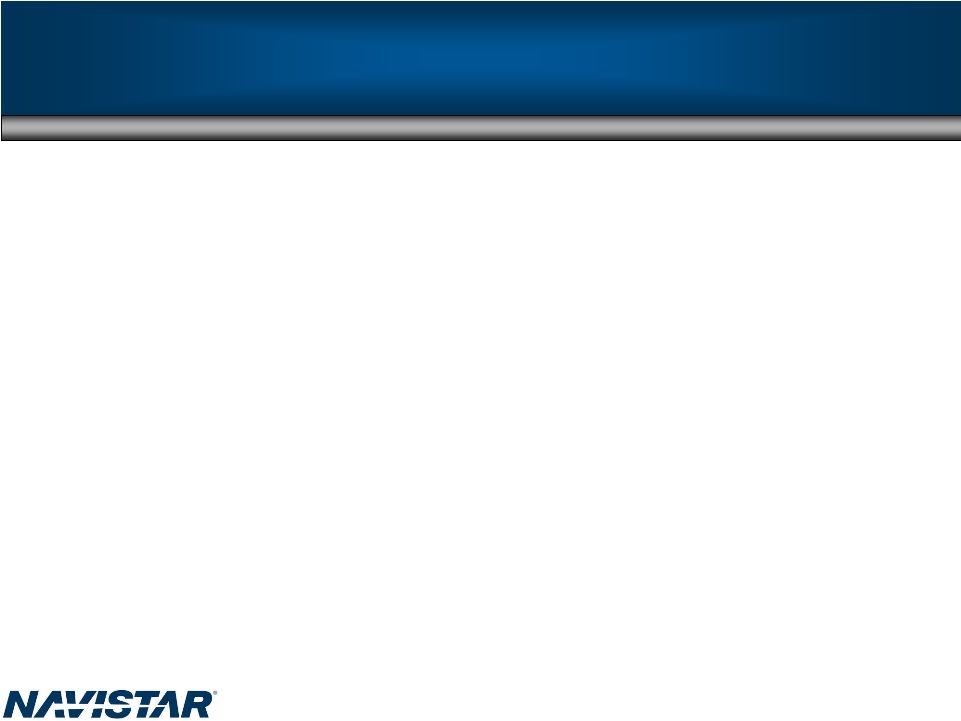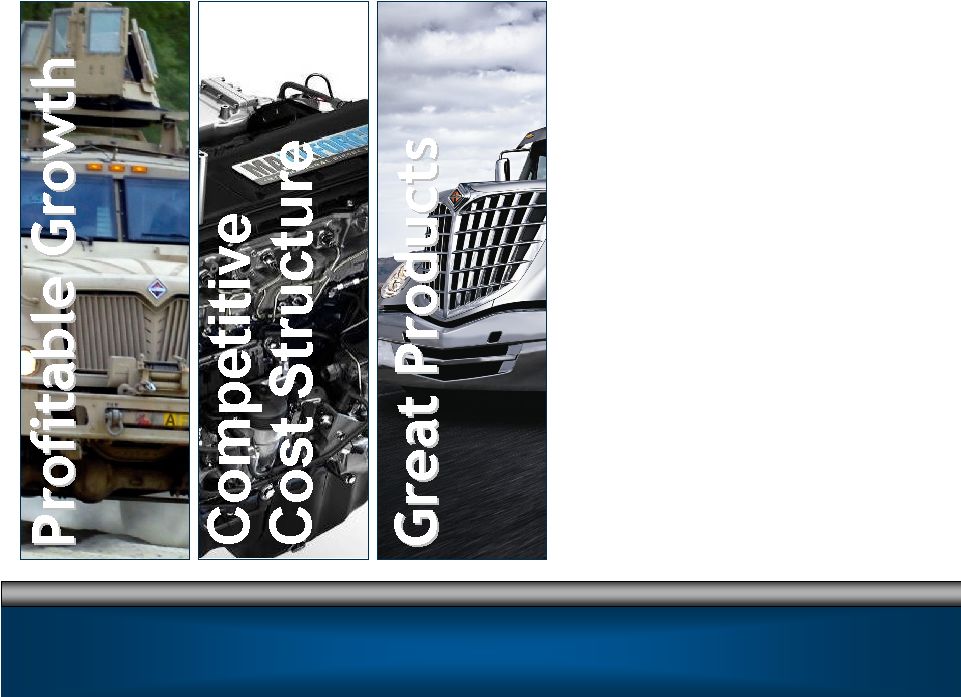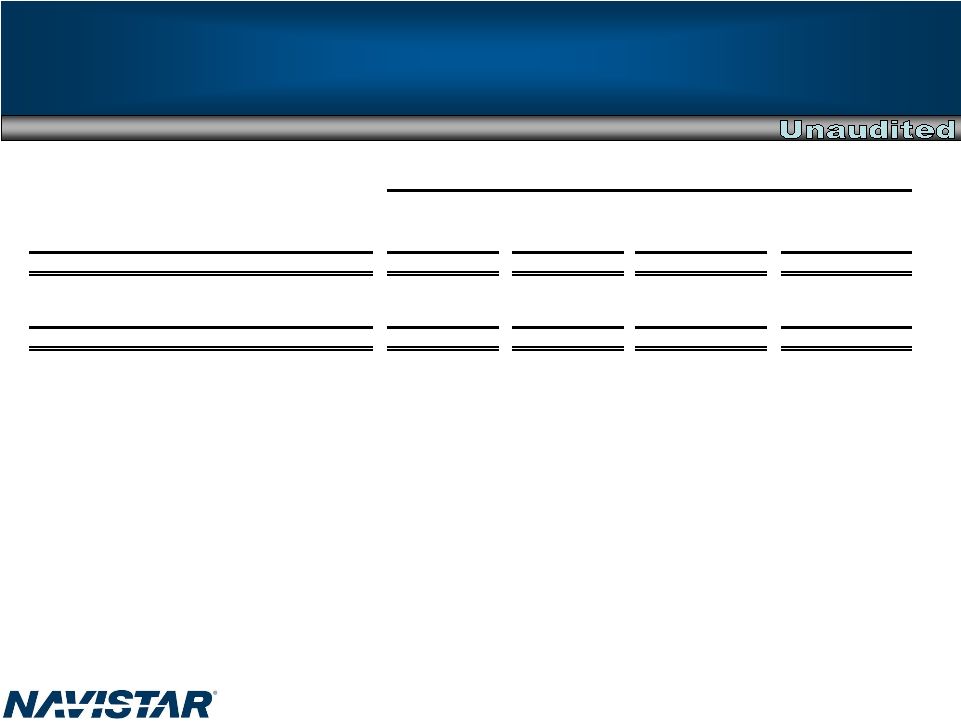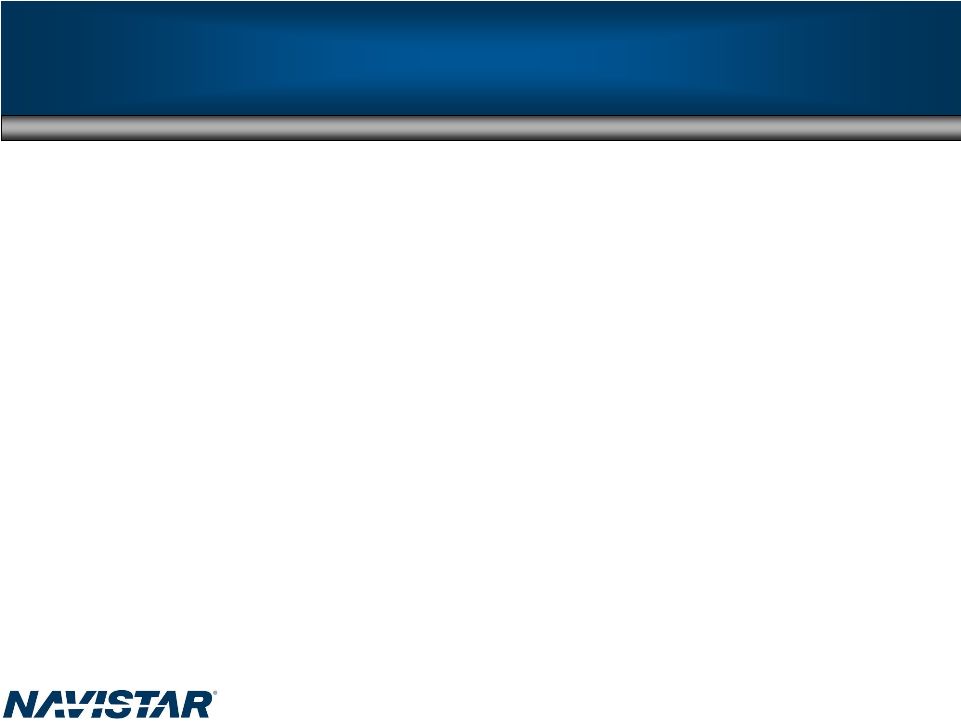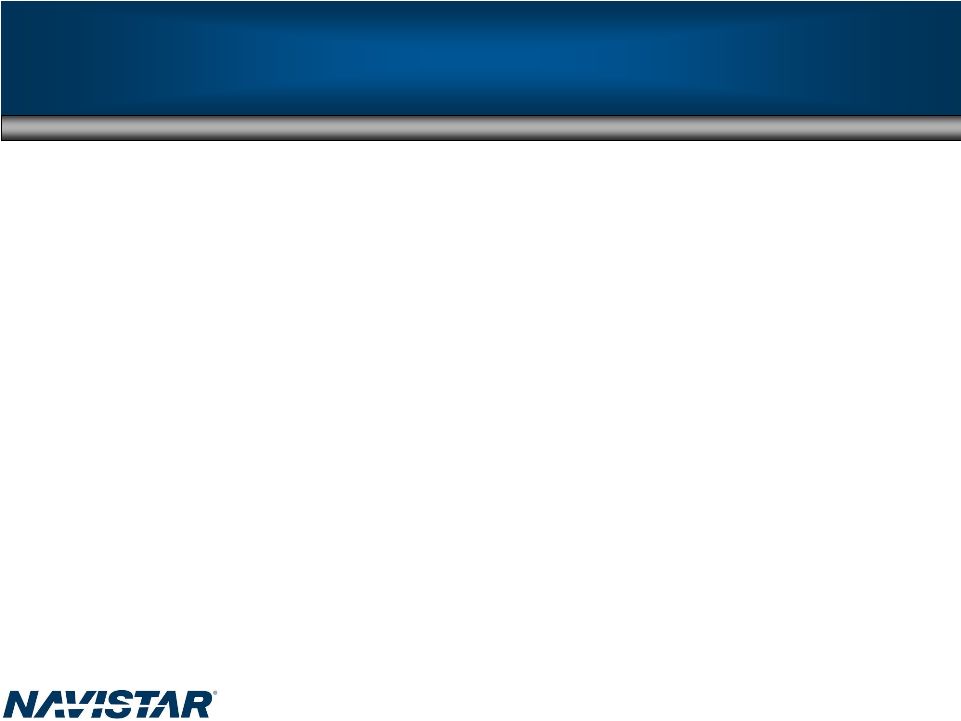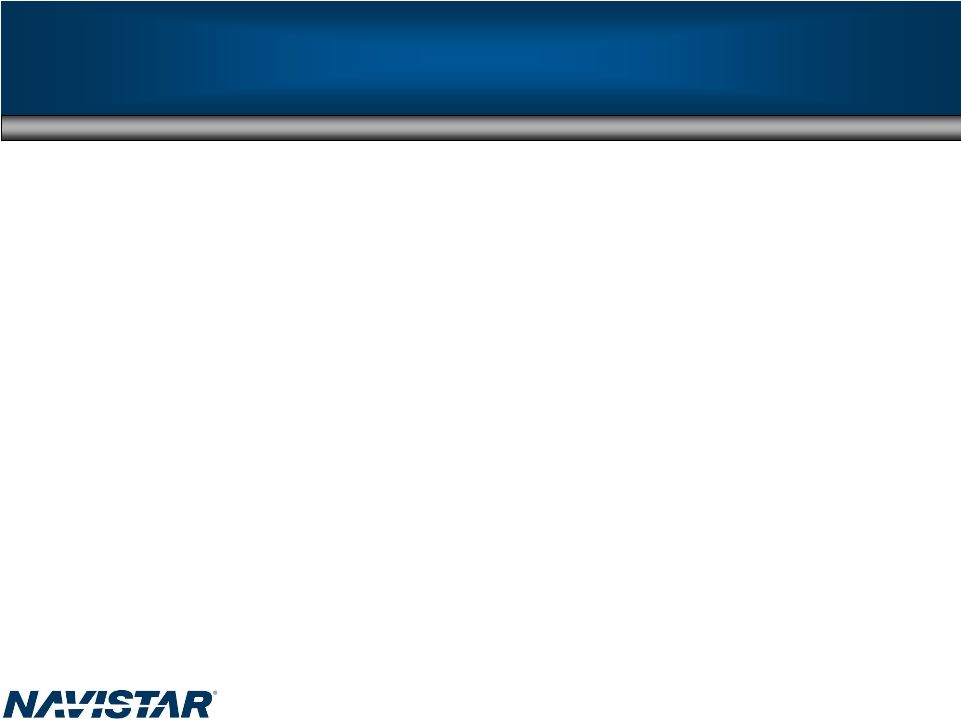21 Debt DEBT YE 2005 YE 2006 YE 2007 2007 - 3Q 2008 - 3Q ($Millions) Manufacturing operations January 2007 Loan Facility (Libor + 325) - $ - $ 1,330 $ 1,445 $ 1,330 $ Bridge Loan Facility (Libor + 500) - 1,500 - - - Financing arrangements and capital lease obligations 408 401 369 376 315 6.25% Senior Notes 400 - - - - 9.375% Senior Notes 393 - - - 7.5% Senior Notes 249 15 15 15 15 Majority owned dealership debt 245 484 267 326 184 4.75% Subordinated Exchangeable Notes, due 2009 202 1 1 2.5% Senior Convertible Notes 190 - - - - 9.95% Senior Notes 13 11 8 9 6 Other 24 61 40 47 34 Total manufacturing operations debt 2,124 $ 2,472 $ 2,029 $ 2,219 $ 1,885 $ Financial services operations Borrowing secured by asset-backed securities, at variable rates, due serially through 2011 2,779 $ 3,104 $ 2,748 $ 2,899 $ 2,371 $ Bank revolvers, variable rates, due 2010 838 1,426 1,354 1,224 1,401 Revolving retail warehouse facility, variable rates, due 2010 500 500 500 500 500 Commercial Paper - 28 117 115 249 Borrowing secured by operating and finance leases 148 116 133 139 127 Total financial services operations debt 4,265 $ 5,174 $ 4,852 $ 4,877 $ 4,648 $ Cash & Marketable Securities YE 2005 YE 2006 YE 2007 2007 - 3Q 2008 - 3Q Manufacturing non-GAAP (Unaudited) 867 $ 1,214 $ 722 $ 607 $ 576 $ Financial Services non-GAAP (Unaudited) 53 79 61 72 120 Consolidated US GAAP 920 $ 1,293 $ 783 $ 679 $ 696 $ (Audited) (Audited) (Unaudited) (Unaudited) The above non-GAAP financial measures are unaudited and reflect a 2007 change in segment reporting methodology. This presentation is not in accordance with, or an alternative for, U.S. generally accepted accounting principles (GAAP). The non-GAAP financial information presented herein should be considered supplemental to, and not as a substitute for, or superior to, financial measures calculated in accordance with GAAP. However, we believe that non-GAAP reporting, giving effect to the adjustments shown in the reconciliation above, provides meaningful information and therefore we use it to supplement our GAAP reporting by identifying items that may not be related to the core manufacturing business. Management often uses this information to assess and measure the performance of our operating segments. We have chosen to provide this supplemental information to investors, analysts and other interested parties to enable them to perform additional analyses of operating results, to illustrate the results of operations giving effect to the non-GAAP adjustments shown in the above reconciliations and to provide an additional measure of performance. |
